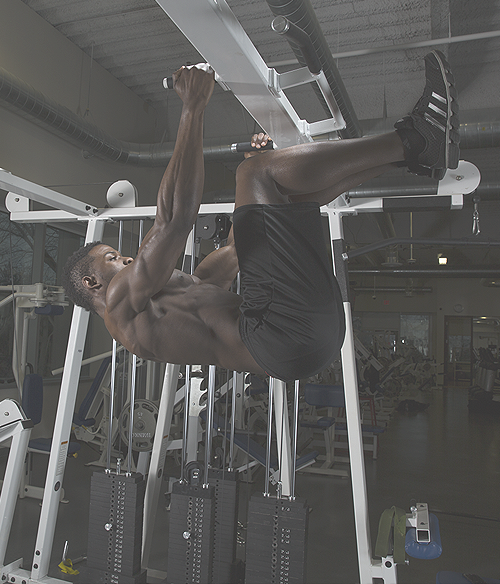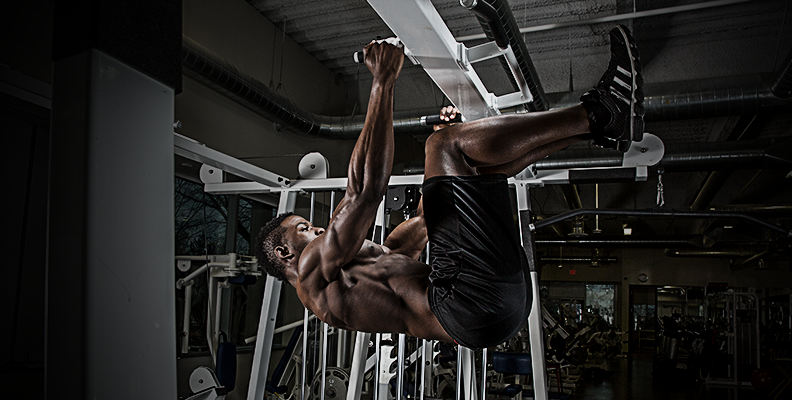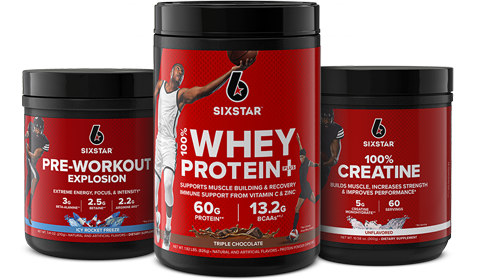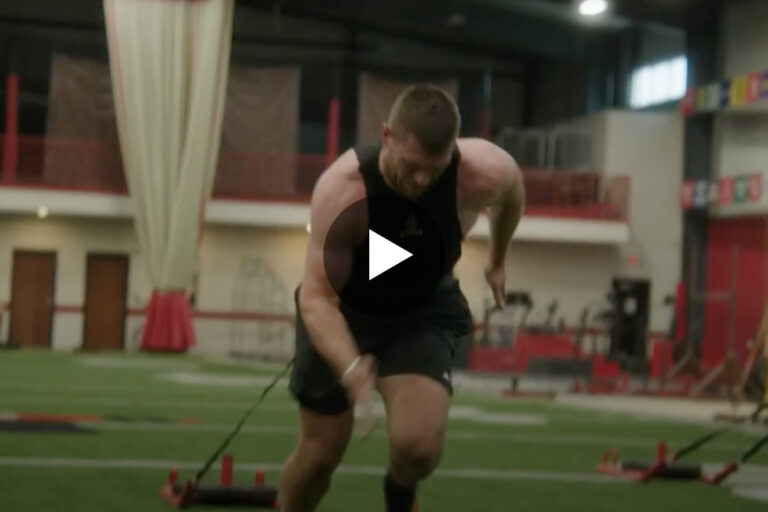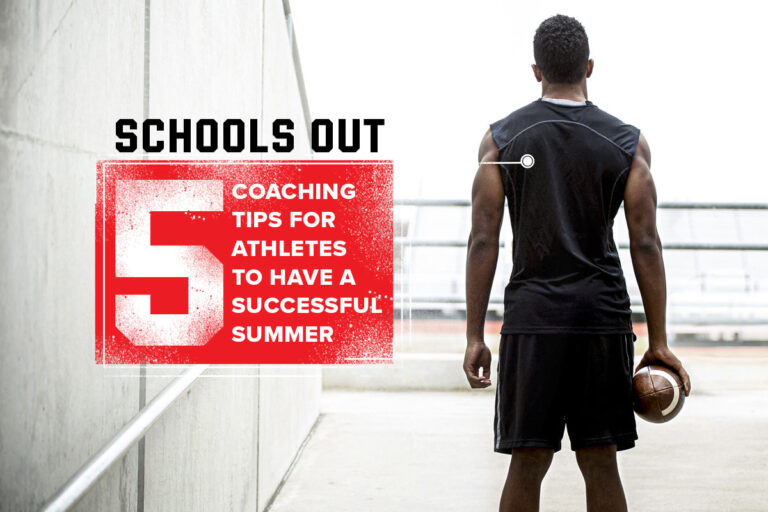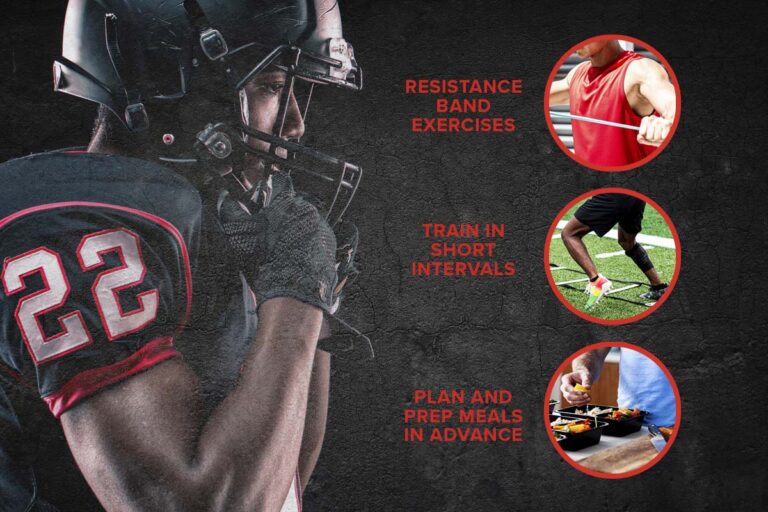Training your core with isometric contractions is important for not only muscular development, but also for general athleticism and training longevity. The most common isometric core exercise you see people in the gym doing is the plank, but it certainly isn’t the only one. Switch things up a bit with these two highly challenging isometric core exercises to keep things interesting!
L-SIT HOLD
If you’re looking to get the chiseled abs of a gymnast, you need to add the L-sit hold to your training. This classic exercise also has the bonus of working your triceps and shoulders with an isometric contraction.
- Prop yourself up on a set of parallel bars, parallettes or at a dip station with your arms fully extended
- Fully extend your legs in front of you and raise them to form a 90-degree angle with your body
- Focus on keeping your core tight and legs as fully outstretched as possible
- Hold this position for the entire duration of your set
- Perform multiple sets of 20 to 30 seconds
Note: Beginners can start by holding their knees to their chest and eventually work toward extending their legs in front of them.
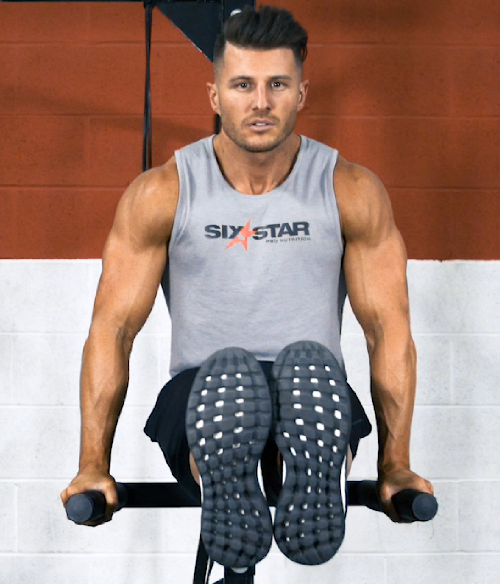
FRONT LEVER TUCK HOLD
The front lever tuck hold is more than just a great isometric core exercise; it is also the starting point for progressing towards the fully extended front lever, which is an incredible display of core strength and endurance.
- Grasp a pull-up bar or set of gymnastic rings with a double overhand grip
- Lean backwards while simultaneously pulling your knees to your chest until your torso is parallel with the ground
- Focus on squeezing your core and pulling with your lats
- Hold this position for the entire duration of your set
- Perform multiple sets of 20 to 30 seconds
Note: The tighter you hold your knees to your chest, the easier the movement. As you get stronger, you may allow your legs to extend further in front of you to make the movement more challenging.
